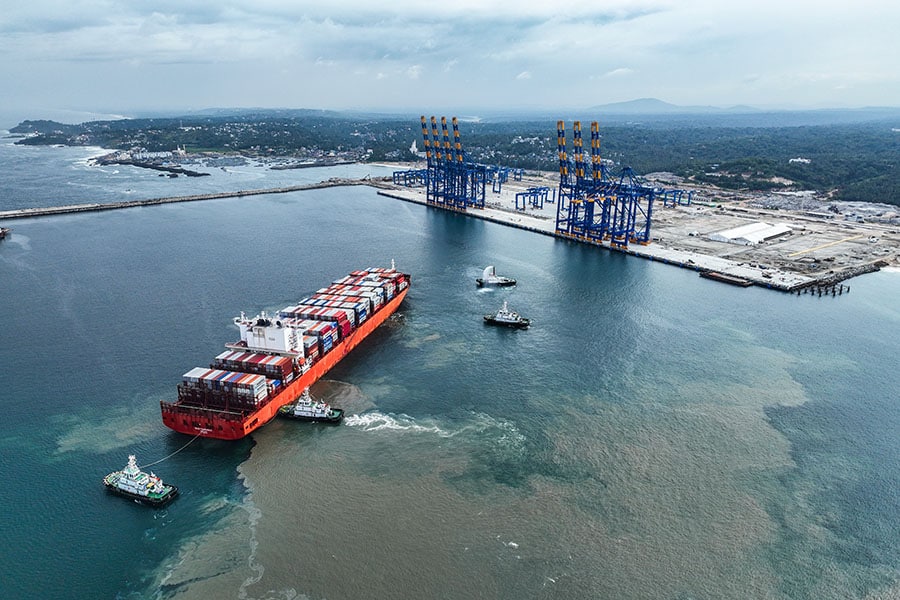Why Adani Group's Vizhinjam Port can be a big deal
The conglomerate and the Kerala government will invest Rs 20,000 crore by 2028 in India's first transshipment port, which is set to attract the world's biggest container ships and put India on the global sea trade map
 San Fernando, the 300-meter-long container vessel operated by Maersk arrives at Vizhinjam International Seaport on July 11
San Fernando, the 300-meter-long container vessel operated by Maersk arrives at Vizhinjam International Seaport on July 11

















